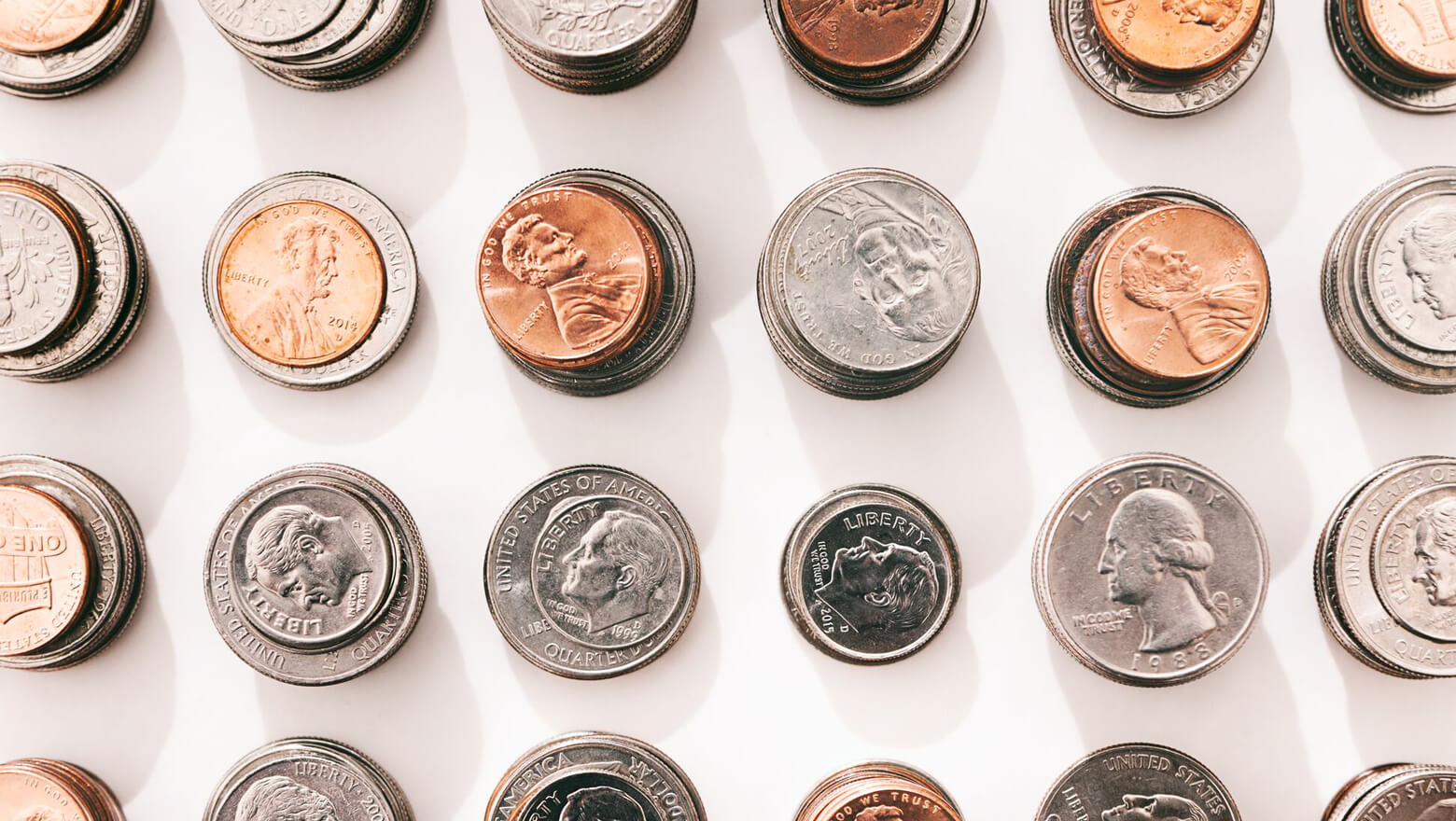The US Faces a Coin Shortage
Digital Payments Reduce Circulation
The US is facing a shortage of coins in circulation as an unexpected result of the ongoing pandemic. Many people are avoiding in-person shopping and ordering products online instead. When they do go to stores, consumers are still using digital payments instead of cash to reduce the risk of spreading infections by touching physical money. This means that coins are sitting in people’s homes or in stores’ cash registers instead of circulating.
Additionally, some people are hoarding cash at home as a way to hedge against economic uncertainty. This has also contributed to the coin shortage, creating somewhat of a self-fulfilling prophecy.
The Federal Reserve Responds
US mints shut down temporarily as a result of the pandemic, which added to the coin crunch. Mints are now operating at full capacity after implementing social distancing measures and other practices to keep workers safe.
The Federal Reserve rationed coin supplies for banks for a period of time, but now it is shipping out more coins than usual to make up for the shortfall. For example, it is now sending out about 1.35 billion coins per month when it normally distributes about 1 billion coins.
Zooming Out
The coin shortage has sparked debates about physical currency’s role in the modern US economy. For example, some people have advocated for phasing out the penny because its purchasing power is now so low that the cost of producing pennies outweighs their value.
On the other hand, coins are still a vital part of the economy. Laundromats, vending machines, parking meters, and other crucial services require payment in coins. Additionally, coins are particularly important in low-income communities—especially for people who have less access to digital payments. For the moment, economists expect the coin supply chain to get back on track relatively quickly, especially with an influx of coins from the Federal Reserve.
Please understand that this information provided is general in nature and shouldn’t be construed as a recommendation or solicitation of any products offered by SoFi’s affiliates and subsidiaries. In addition, this information is by no means meant to provide investment or financial advice, nor is it intended to serve as the basis for any investment decision or recommendation to buy or sell any asset. Keep in mind that investing involves risk, and past performance of an asset never guarantees future results or returns. It’s important for investors to consider their specific financial needs, goals, and risk profile before making an investment decision.
The information and analysis provided through hyperlinks to third party websites, while believed to be accurate, cannot be guaranteed by SoFi. These links are provided for informational purposes and should not be viewed as an endorsement. No brands or products mentioned are affiliated with SoFi, nor do they endorse or sponsor this content.
Communication of SoFi Wealth LLC an SEC Registered Investment Advisor
SoFi isn’t recommending and is not affiliated with the brands or companies displayed. Brands displayed neither endorse or sponsor this article. Third party trademarks and service marks referenced are property of their respective owners.
SOSS080303



